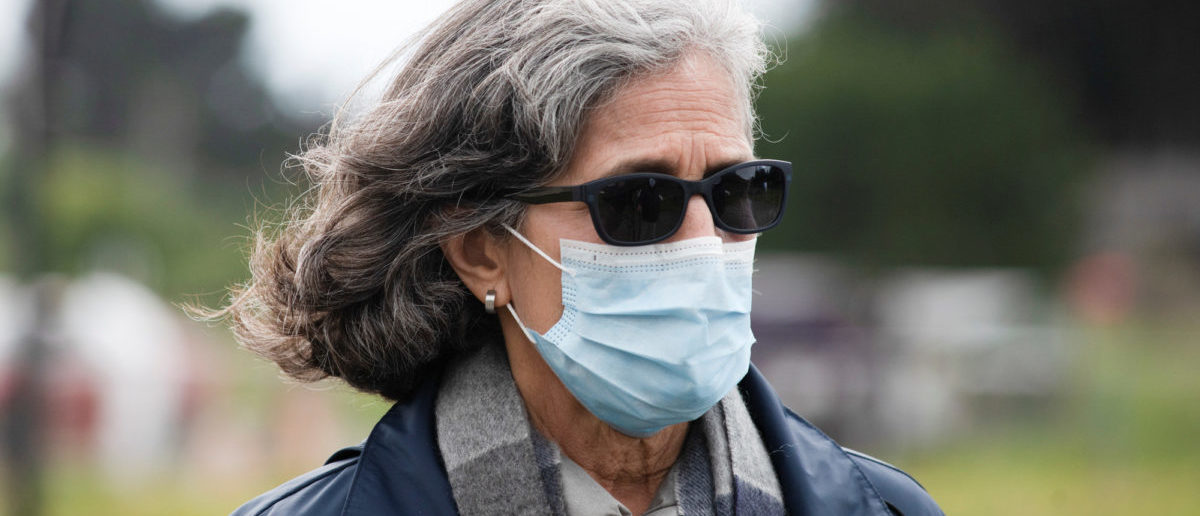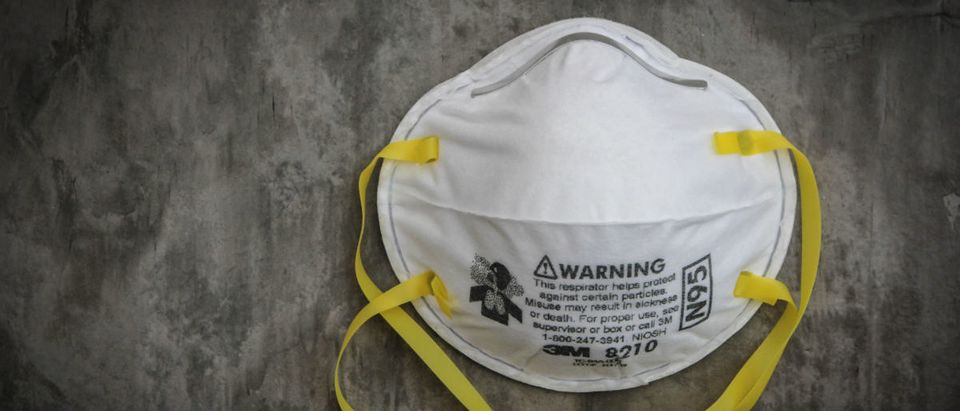- Maryland Rep. Andy Harris wants the Environmental Protection Agency to review a Harvard University study suggesting pollution could create an 8% increase in the United States’s coronavirus death rate.
- One top critic of the study told the Daily Caller News Foundation that the university’s research is unfounded and relies on faulty modeling and testing.
- The university’s researchers initially claimed that people in certain areas of the country are 15% more likely to die of the virus, but quietly edited the study to dramatically change the nature of the study’s findings.
Republican Rep. Andy Harris of Maryland is asking the Environmental Protection Agency (EPA) to conduct a rigorous review of a Harvard University study associating high pollution levels to an increase in coronavirus deaths as researchers criticize the researchers’ findings.
EPA Administrator Andrew Wheeler should conduct an investigation into the study, which suggests a link between pollution and higher rates of coronavirus deaths, Harris wrote to Wheeler on Saturday in a letter obtained by the Daily Caller News Foundation.
Harris addressed the letter to Department of Health and Human Services Secretary Alex Azar as well.
Harris’s letter refers to a Harvard T.H. Chan School of Public Health study, published April 4, concluding that an increase in long-term exposure to particulate matter leads to an 8% increase in the coronavirus death rate.
Areas with elevated levels of pollution are likely to experience higher death rates during the pandemic, the research claimed.
The study initially claimed that people in areas with high levels of pollution are 15% more likely to die but added an April 24 clarification that reads: “We have revised our finding as that an increase of 1 μg/m3 in PM2.5 is associated with an 8% increase in the COVID-19 death rate.”
The revision noted that the study changed after researchers included “confounding factors” impacting the virus.
Harvard’s research received extensive media attention with The New York Times, The Washington Post, The Guardian and the Los Angeles Times publishing articles highlighting the study’s original claims.
The outlets have not yet updated their reporting to reflect the April 24 clarification posted on the school’s website. (RELATED: Trump’s EPA Makes Big Changes To Rule Banning ‘Secret Science,’ Obama-Era Officials Rage)

Dr. Aenor Sawyer, a physician at UCSF and resident of Bolinas, wears a face mask as she takes part in the testing of all village residents for the novel coronavirus and its antibodies on April 20, 2020. (REUTERS/Kate Munsch)
“It is incumbent on you to accurately communicate the best available scientific understanding of the virus and the factors that may influence patient outcomes, not only to ensure American citizens are not misinformed, but also to enable proper allocation of resources,” Harris wrote in the letter to Wheeler. Researchers have come out of the woodwork to criticize the study.
The study, which has yet to be peer reviewed, relies on a “statistical model that has not been tested and verified as yielding accurate predictions,” Tony Cox, who chairs the EPA’s Clean Air Scientific Advisory Committee, told the DCNF.
He and other researchers say spikes in deaths in certain areas were more likely a reflection of where those regions were on the virus curve rather than pollution.
Cities also have higher levels of air pollution, not to mention they have higher death rates from COVID-19 for reasons unrelated to pollution.
There are other factors that contribute to the virus’s spread. States and counties have adopted different social distancing guidelines, with states like Georgia adopting lax efforts while California adopted strict mitigation policies.
Harvard’s school of public health has not responded to the DCNF’s request for comment about the clarification added to the study or the criticisms levelled against the research.
The study only notes an association between pollution and the virus, which originated in China, according to Stanley Young, a member of the EPA’s Science Advisory Board.
“This is the proverbial butterfly in China causing a tornado in Alabama, and generally the world doesn’t work that way,” Young, a statistician, told the Washington Examiner.
“The paper is written in a way that strongly implies cause and effect,” he said before saying the study’s authors “could have been a lot more circumspect than that.” EPA spokeswoman Andrea Woods told the DCNF that the agency is looking into Harris’s letter and is preparing to respond “through proper channels.”
She added: “Drawing conclusions from a study without peer review and with insufficient data is irresponsible and paints a distorted scientific picture.” Woods also noted that the Harvard study fail to take into account that particulate matter has dramatically decreased over the past decade, noting that the PM level in the U.S. is far below “almost any country in the world.”
Environmentalists believe President Donald Trump’s environmental rollbacks could lead to more deaths on this front. The EPA relaxed Obama-era rules, reversing the legal underpinning of mercury limits for coal-fired plants, as well as proposed to keep levels for limits on fine particle pollution.
The virus has killed nearly 24,000 in New York and more than 67,000 across the country.
All content created by the Daily Caller News Foundation, an independent and nonpartisan newswire service, is available without charge to any legitimate news publisher that can provide a large audience. All republished articles must include our logo, our reporter’s byline and their DCNF affiliation. For any questions about our guidelines or partnering with us, please contact licensing@dailycallernewsfoundation.org.


